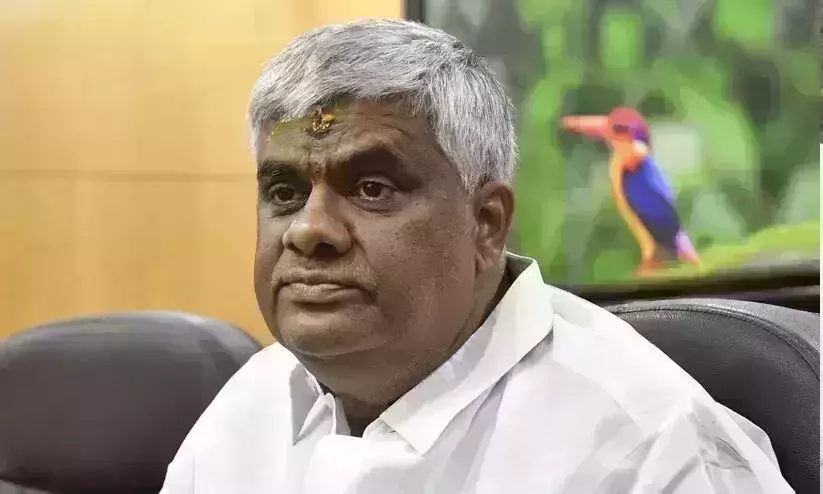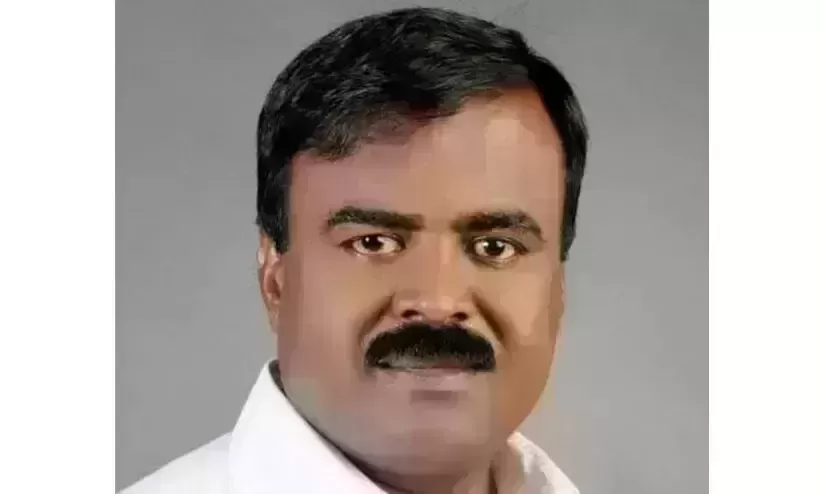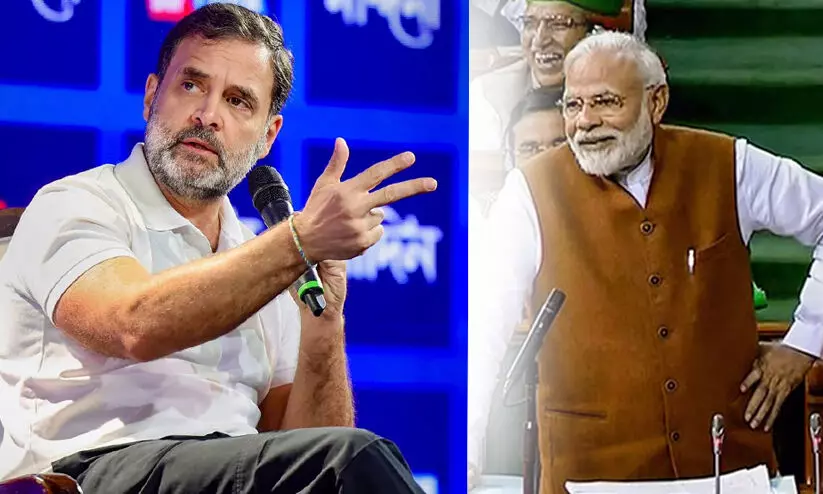
Muslim population, wealth: The impact of Modi’s lies over truth
text_fieldsThe population of Muslims in India has been a hot topic of discussion among the right-wing groups, particularly during the election time with the intention of creating fear among Hindus about their being overpowered in numerical strength. It is a blatant sowing of the seed of hatred towards the Muslim community in the hearts of other religious communities, castigating them as a community which should be hated, isolated and ostracised.
Though the matter keeps coming up during election time, deliberate attempts to vitiate the communal harmony of society would come under the scrutiny of the Model Code of Conduct that strongly warns against the spewing of communal venom.
But, people of privilege like Prime Minister Narendra Modi, who is found to be in jitters this time in the election war front, given the economic status of the country where unemployment and other crucial issues pose a challenge, has taken out the arrow from the quiver where no other arrows could touch the target as a Muslim hate does, even dodging, or defying the MCC norms.
In a recent address at an election rally in Rajasthan, Prime Minister Narendra Modi sparked controversy by insinuating that the Congress party intended to redistribute wealth to certain groups, particularly Muslims, alleging in the process they have more children and therefore pose a threat to the country's resources. This claim, based on outdated census data and made without any nuance, has stirred debate on the socioeconomic realities of different religious communities in India.
In fact, there is not an iota of truth in the pronouncements made by PM Modi; perhaps he himself knows better about it, but it is common for leaders to make such statements during election campaigns in order to stir communal fervour among people, consolidating and ensuring the votes of a particular community pitted against another community. Yet, the lie of PM Modi has more appeal that could influence the people against the truth put forth by the Congress spokespersons.
A breakdown examination of the claims of Muslim population growth and the consolidation of wealth by the Muslim community in the country, as suggested by Prime Minister Narendra Modi based on available data, is imperative, at least, to sift the wheat from the chaff.
Muslim population
India's population dynamics have long been a subject of scrutiny, especially concerning religious demographics. According to the 2011 Census, Muslims constituted 14.2% of India's population, up from 13.43% in 2001.
However, the population growth rate among Muslims has slowed over the years, which increased only by 24.69% between 2001 and 2011, compared to 29.49% between 1991 and 2001. This challenges the notion of Muslims having significantly larger families than other religious groups.
Data from the National Sample Survey Office (NSSO) reveals variations in household sizes among different religious communities. While the average household size for Hindus stands at 4.3, it is slightly higher for Muslims at 5. This slight difference, however, does not necessarily imply a deliberate strategy of higher fertility among Muslims but rather reflects cultural and socioeconomic factors influencing family structure.
Moreover, labour force participation rates and worker population ratios among Muslims are notably lower compared to other religious groups, indicating potential disparities in economic opportunities and access to employment. Despite this, the unemployment rate among Muslims is lower than the national average, suggesting a complex interplay of factors affecting their participation in the workforce.
Muslim Wealth
Addressing wealth distribution, a study conducted by the Indian Institute of Dalit Studies sheds light on the disparities in wealth ownership among different social groups in India. According to the report, Hindu high castes possess a disproportionate share of the country's wealth, owning approximately 41%, followed by Hindu OBCs at 31%. In contrast, Muslims, Scheduled Castes (SCs), and Scheduled Tribes (STs) collectively own only 8%, 7.3%, and 3.7% of the nation's wealth, respectively.
Despite their relatively lower share of total wealth, Muslims exhibit average household wealth higher than that of SCs and STs, though lower than that of Hindu high castes and OBCs. This runs counter to the narrative of Muslims disproportionately benefiting from government resources or wealth redistribution initiatives.
According to the study, Hindu OBCs possess the largest share of gold at 39.1%, followed by Hindu high castes at 31.3%. Muslims hold a 9.2% share, surpassing only Scheduled Tribes (STs) at 3.4%. In terms of total assets, Hindu high castes lead at 40.9%, followed closely by Hindu OBCs at 30.8%. Scheduled Castes (SCs) hold 7.3% of total assets, while Muslims possess 8%. These findings highlight disparities in wealth distribution among socio-religious groups in India.
It is crucial to interpret these statistics within a broader context of historical and systemic inequalities rather than attributing them solely to religious identity. Factors such as caste, socioeconomic status, and access to education and employment opportunities significantly shape wealth distribution and population dynamics in India.
The findings of these studies highlight the need for targeted policies aimed at addressing socioeconomic disparities and promoting inclusive growth. Rather than perpetuating divisive narratives, policymakers should focus on implementing measures that foster equal opportunities for all citizens, regardless of religious affiliation.
Moreover, the reliance on outdated census data underscores the necessity for regular and comprehensive data collection to inform evidence-based policymaking. Accurate and up-to-date data are essential for understanding evolving demographic trends and formulating effective strategies to address socioeconomic challenges. The census that was due in 2021 - the last one conducted in 2011 - even now stands deferred ever since the COVID-19 situation that caused the original postponement, and no definite timeline has been set for its completion.
While Prime Minister Modi's remarks have sparked controversy, a deeper analysis of available data reveals a more nuanced picture of wealth distribution and population growth among religious groups in India.
























